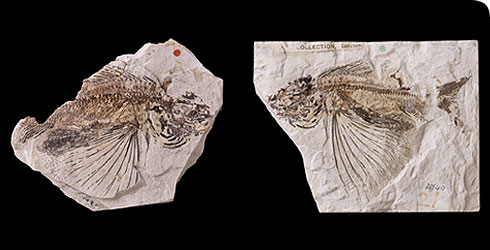Cheirothrix lewisii
Cheirothrix lewisii is an extinct flying fish from Lebanon, Middle East.
Flying fish have developed the ability to leap out of water at high speed then glide up to several hundred meters by utilizing their enlarged pectoral fins as ‘wings’.
This extinct species of bony fish occurs as rare specimens in lower Cenomanian (Late Cretaceous) marine limestones dated at about 99 million years ago.
Species detail
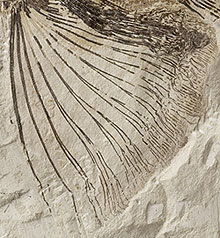
Very enlarged pectoral fin of C. lewisii.
The pectoral fin of C. lewisii is extraordinarily well developed and the ventral lobe is the longest lobe of the tail fin. The shape of the pectoral fin suggests that C. lewisii also used their fins for high-speed, airborne gliding in order to escape predators.
The fish was described by Davis in 1887.The two halves of the C. lewisii specimen shown above is the holotype housed in the Fossil Fish Collection at the Museum. The fossil was collected at Sahel Alma, Mount Lebanon by E.R. Lewis in the 19th Century, who was a professor at the American College in Beirut and it was later donated to the Museum.
-

Fish flight
Learn how certain fish are able 'fly' and about the physical characteristics that allow them to do so.
-

Distribution
Discover the areas of Lebanon in which Cheirothrix lewisii is found as well as the distribution of other species within its genus.
-

Behaviour
Find out what behavioural characteristics Cheirothrix lewisii would have displayed and how we are able to deduce the behaviour of extinct animals such as this species.
-

References
Get reference material for Cheirothrix lewisii.
Images
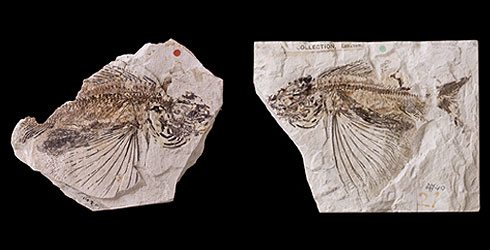
Holotype specimen of Cheirothrix lewisii showing enlarged pectoral fins (below the main body of the fish).
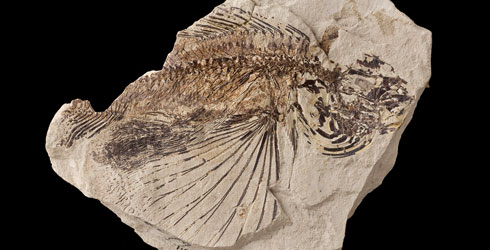
Cheirothrix lewisii holotype specimen - this is housed in the Fossil Fish Collection at the Museum.
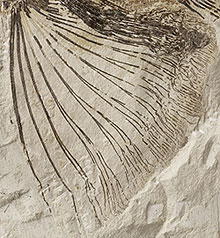
Very enlarged pectoral fin of C. lewisii.

Cheirothrix lewisii - the pectoral fin is extraordinarily well developed and the ventral lobe is the longest lobe of the tail fin, suggesting that the species probably also used their fins for high-speed, airborne gliding in order to escape predators.
About the author
Dr Martha Richter
Collections Manager of Vertebrates, Anthropology and Micropalaeontology in the Department of Palaeontology
